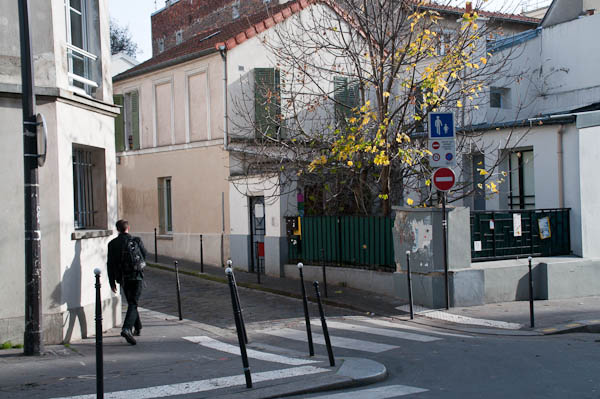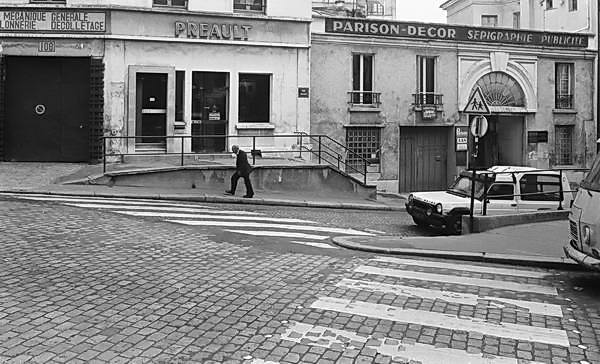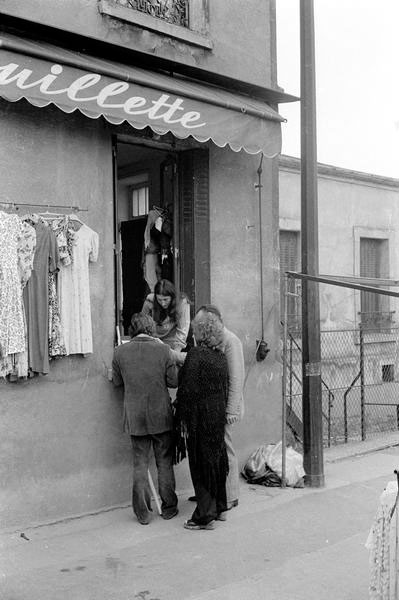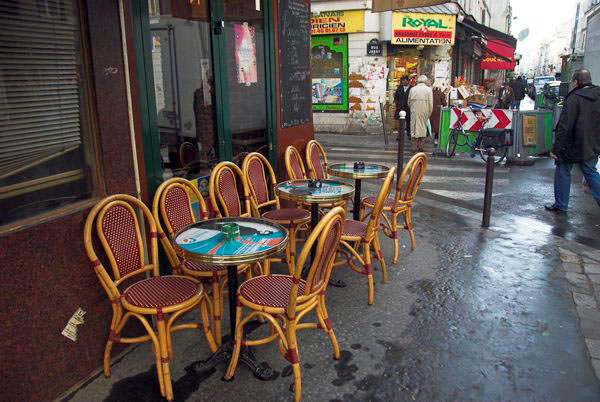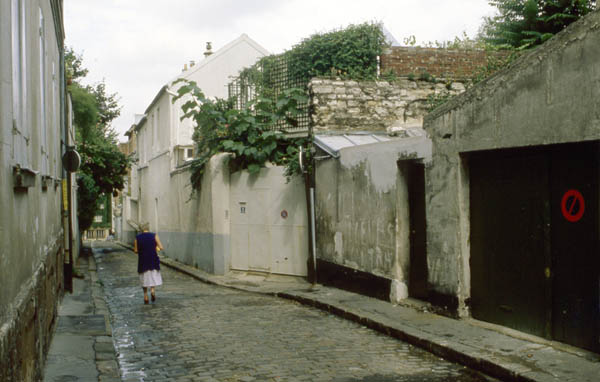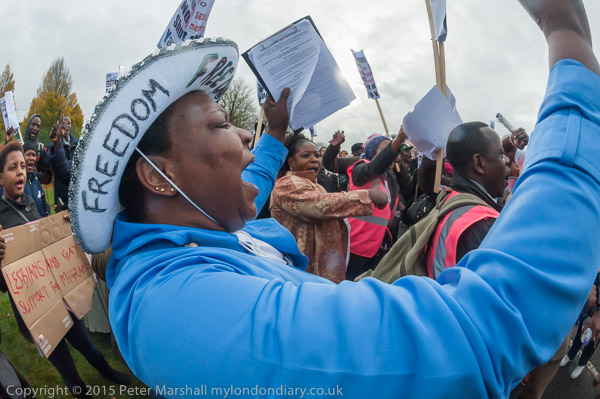
On November 7th 2015 I went to a protest outside Yarl’s Wood organised by Movement for Justice, calling for this and all immigration detention centres to be closed down. It was a cold and wet day, but fortunately the rain eased off at times.
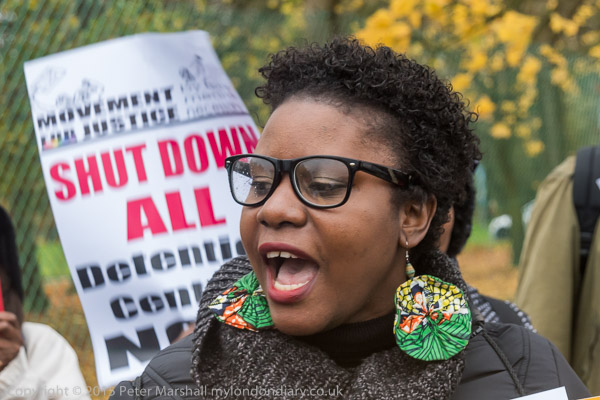
As a result of the Covid-19 pandemic, the Home Office began moving detainees out from the Yarl’s Wood immigration centre, and all of them had gone by the middle of August. The centre which opened in 2001 had been used mainly to hold women, though there were also some families there. But the centre is not to be closed down, but is being used to house migrants who have come across the Channel. It seems likely they will be treated just as badly as the previous residents.
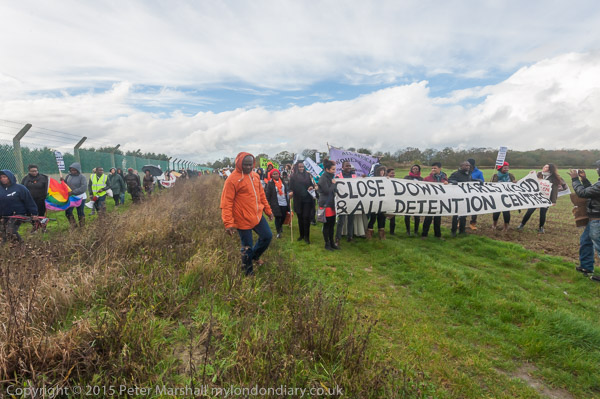
There was very little reason for most of those housed there over the nineteen years it was in operation to be held in a secure unit. They presented no danger to the rest of us and the centre provided none of the support that many needed, with inadequate health care, poor food and little or no counselling for the many vulnerable people who who had fled their countries because of violence against them including rape. Holding them in this fairly remote location with limited contact with the outside world made it difficult for them to prepare themselves for immigration hearings.
Some were found to have been illegally deported and many more were not given proper consideration before they were deported. But over half of those held there are simply eventually released, amny after months or even years of imprisonment – one woman was held for just a few days under 4 years. These people are not criminals but we treat them as if they were – though worse in some ways as their detention is indefinite at the the whim of the Home Office.
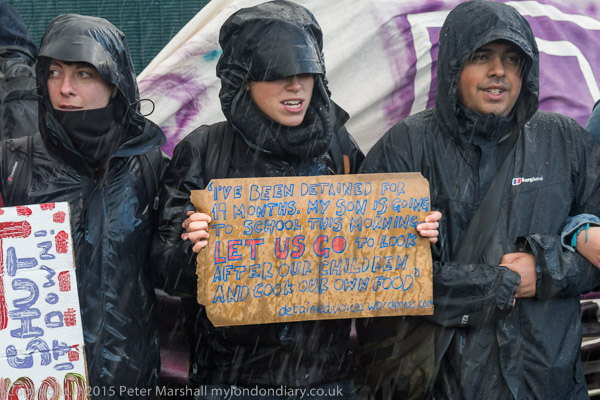
Yarl’s Wood had a particularly bad record, with abuse and sexual harassment and a failure to provide adequate care, highlighted both by official inspections and by undercover reporting for Channel 4 News. Many of those held inside have reported horrific stories of their mistreatment.
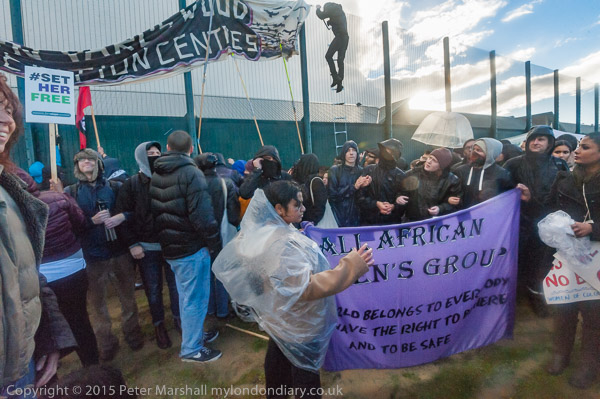
Yarl’s Wood is run for profit by Serco, whose CEO Robert Soames is the brother of former Tory MP Sir Nicholas Soames and is a grandson of Winston Churchll and a nephew of former Defence secretary Duncan Sandys. Like many of our leading Tory politicians he studied PPE at Oxford and was a member of the Bullingdon Club. Perhaps these kind of connections help the company in getting lucrative government contracts despite their poor record on delivery.
Serco have been given the most Covid-related government contracts among UK-listed companies and despite their failures with test and trace were recently awarded another £57 million contract for it – as with the others without any competitive tendering. Shadow Cabinet Office secretary Rachel Reeves commented “This government seems obsessed with shovelling huge sums of public money to a handful of outsourcing companies without competition, rigour or accountability“. Serco’s share price shot up by 17% on news of the latest government handout and they revised their profit forecast for the year upwards to £165m.

Yarl’s Wood is on an industrial estate created on a former Second World War air base in the middle of nowhere on the top of hills a little over 5 miles north of Bedford. Around 20 coaches brought campaigners from around the country, with a shuttle service bringing some from Bedford Station and others arriving by car, taxi and bicycle. Among them were a number of Movement for Justice supporters who had previously been held in this and other detention centres. Most of the speakers at the rally were former inmates, and we also heard from some of those inside who are allowed mobile phones and held up their numbers in the windows.
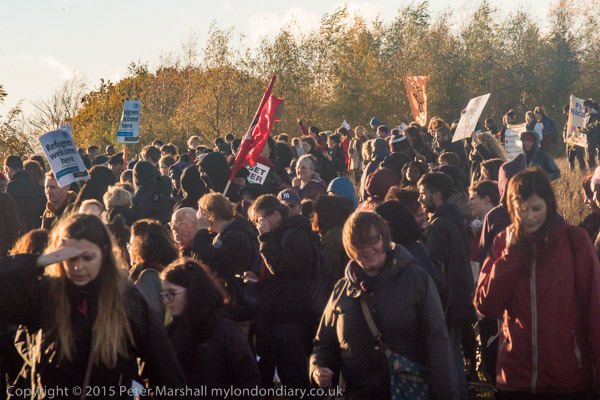
The protesters are not allowed into the Business Centre and instead walk along the road and across a several fields on a public footpath to reach a field on the edge of the centre which is surrounded by a 20 foot high fence. The bottom ten feet of the fence is made of solid metal panels and the centre can only be seen through the top half which is covered with a metal mesh.
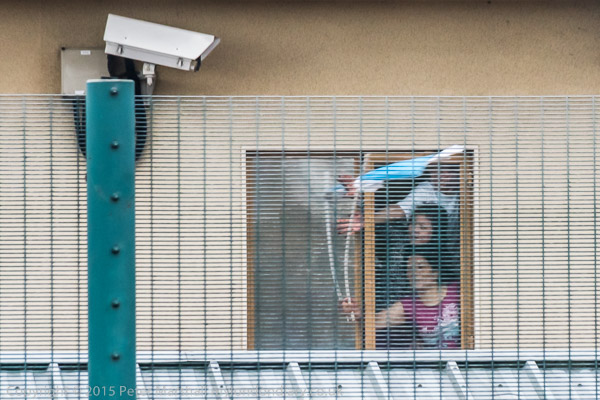
Photographing through this mesh presents some problems. Apart from partly blocking the view, my cameras autofocus systems prefer to focus on the mesh and it is generally easy to use manual focus. Standing on the small hill facing the centre gives a view of the top two floors of one wing of the centre above the solid metal fence. The windows of the centre can only be opened a few inches – just enough for those inside to wave a towel or clothing etc. And Serco staff try to keep the women inside away from the windows and in other parts of the centre, sometimes assaulting them to prevent them reaching these windows.
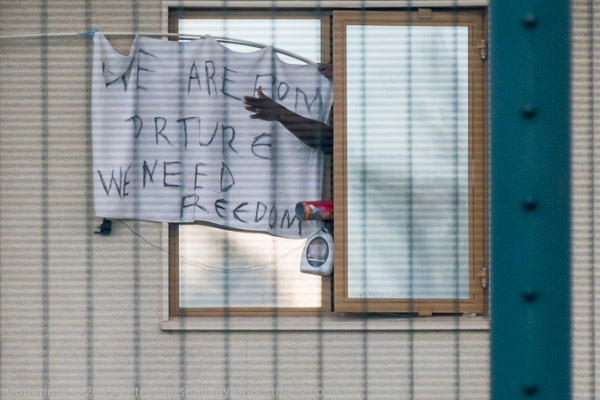
To get good views of the windows long lenses are needed, and require fast shutter speeds to avoid camera shake. I don’t really have the most suitable lenses for the job.
Many more pictures and more about the protest on My London Diary:
MfJ ‘Set Her Free’ protest at Yarl’s Wood
MFJ Meet Outside Yarl’s Wood
All photographs on this and my other sites, unless otherwise stated, are taken by and copyright of Peter Marshall, and are available for reproduction or can be bought as prints.






























































